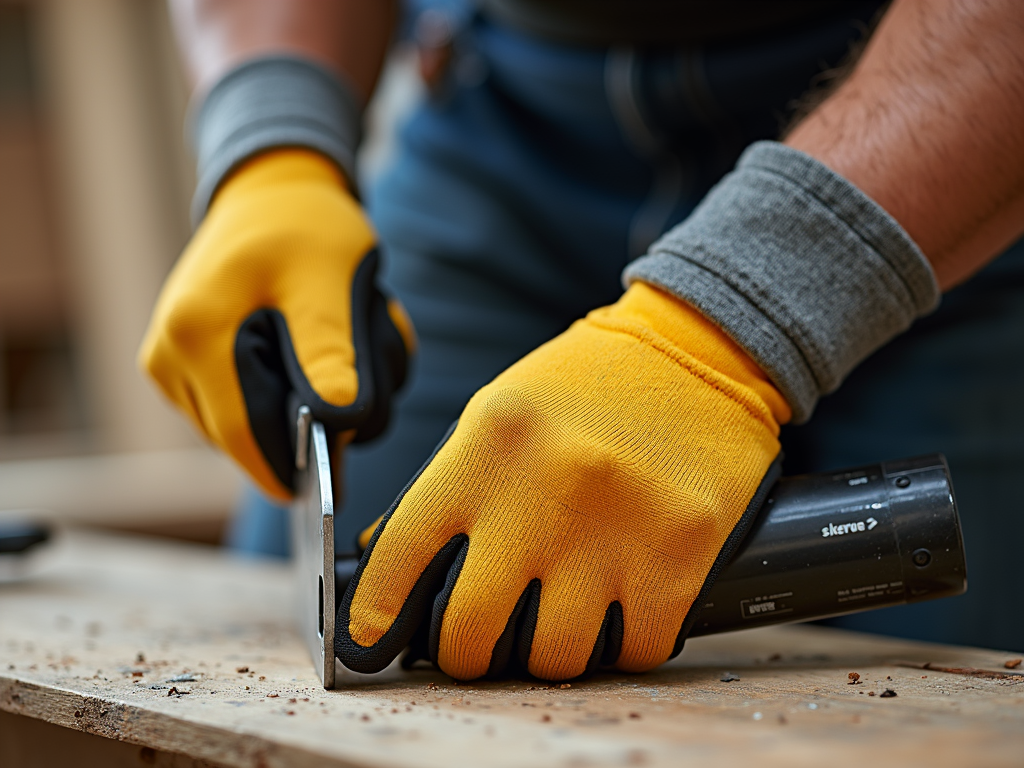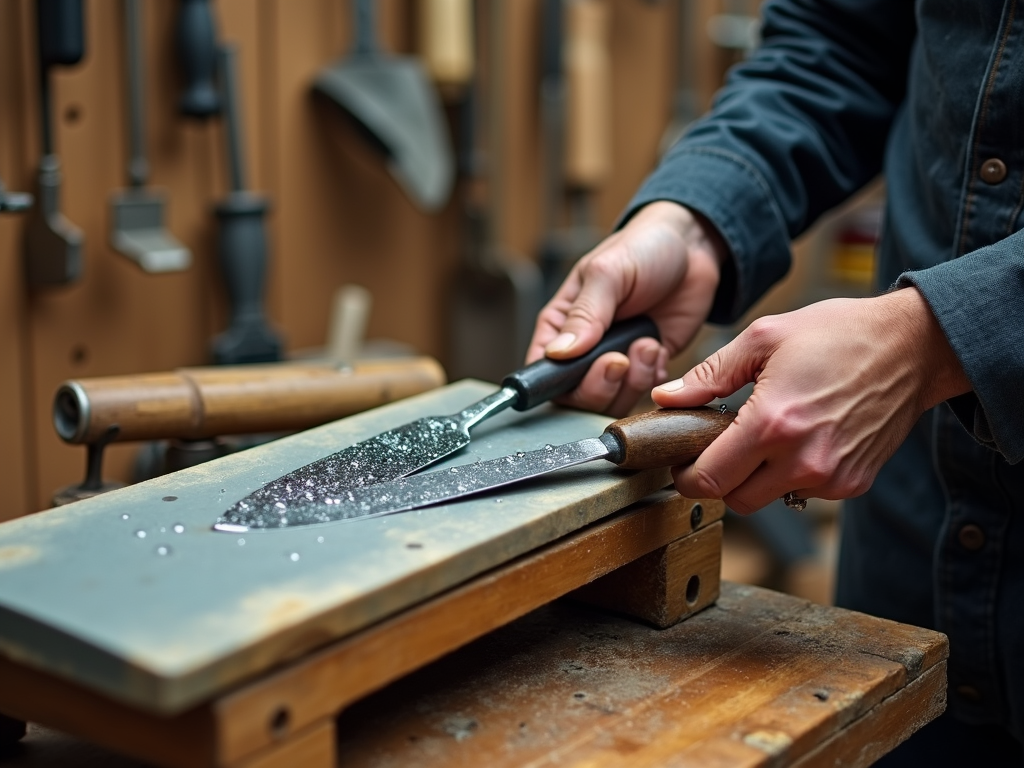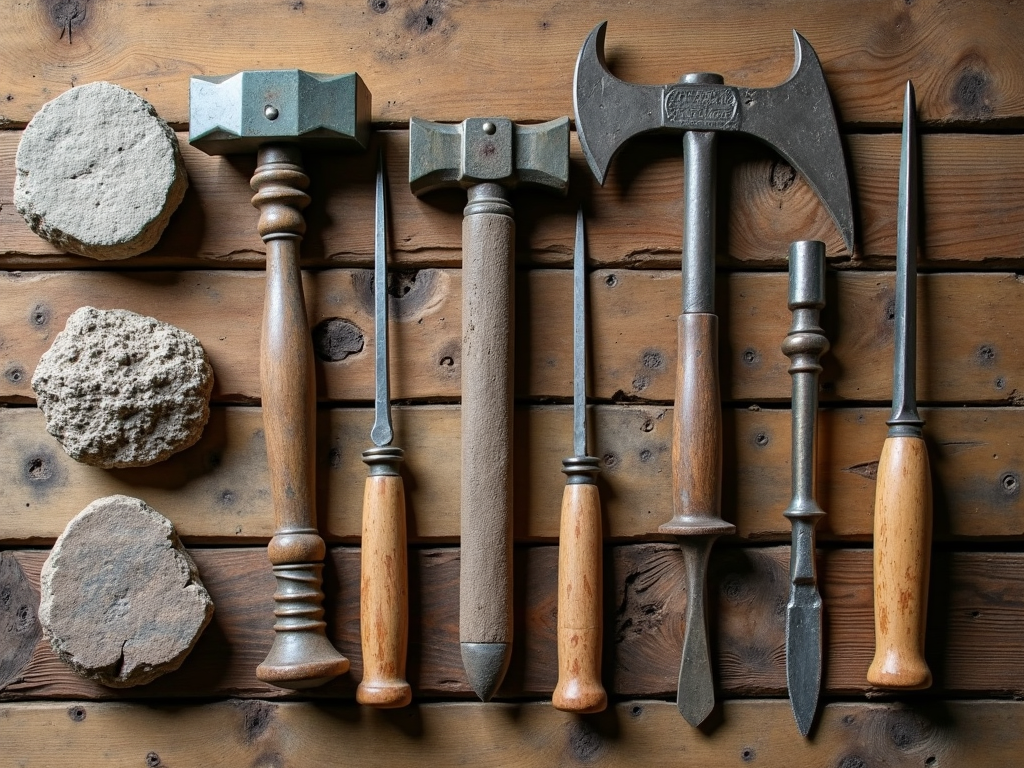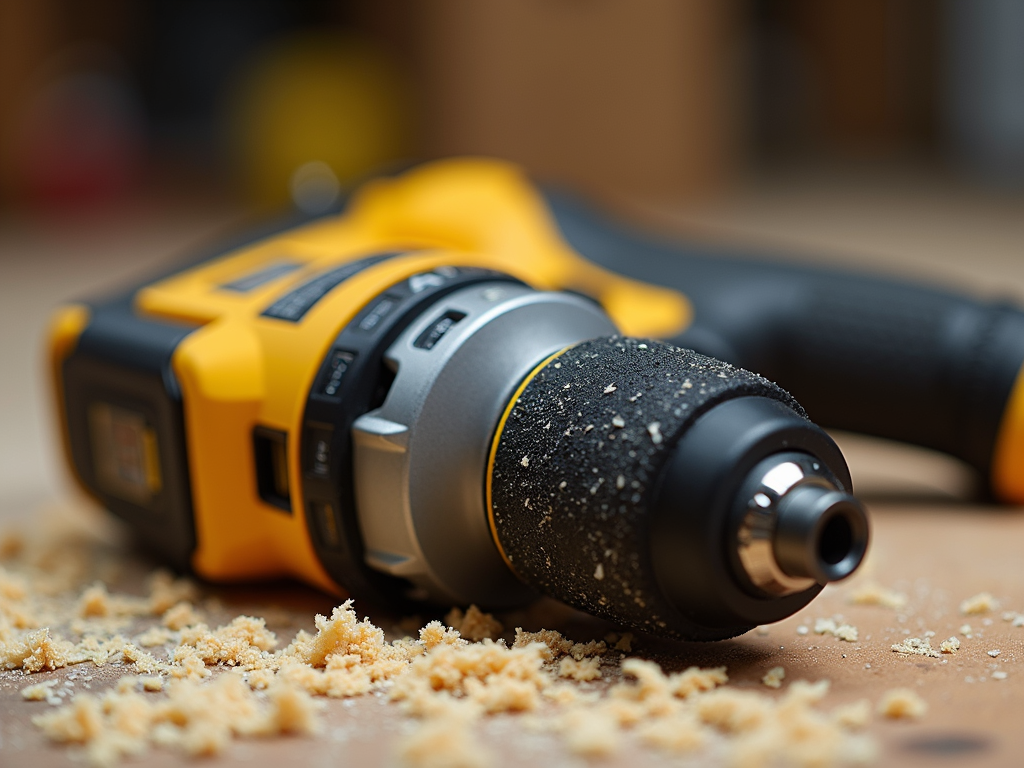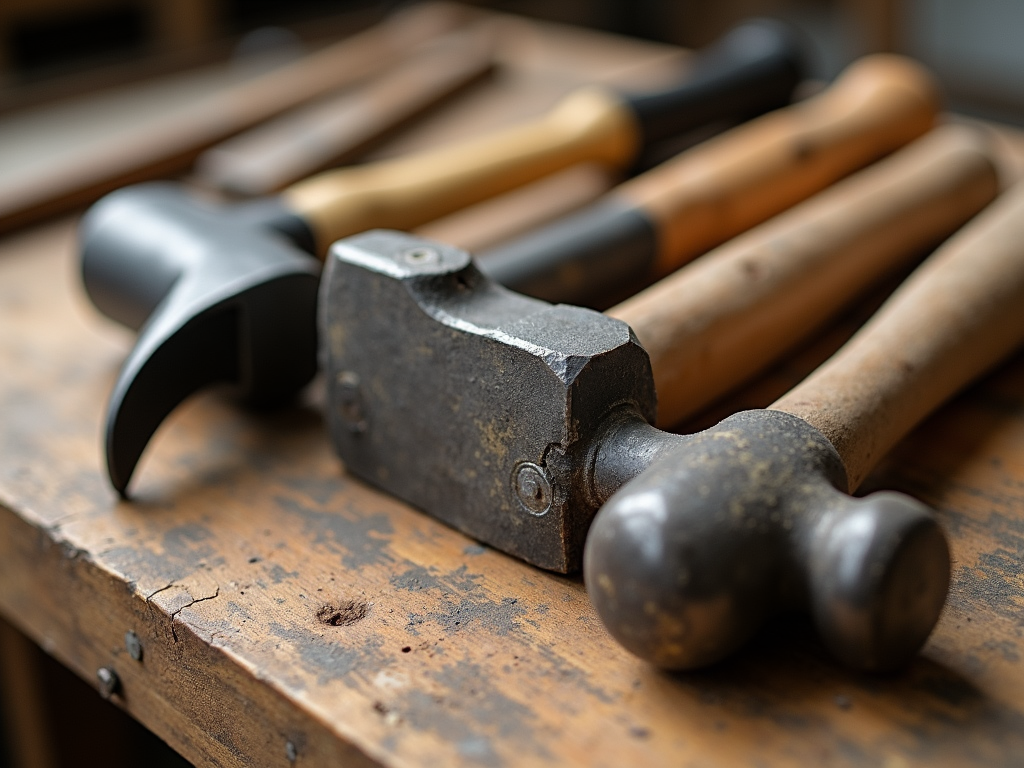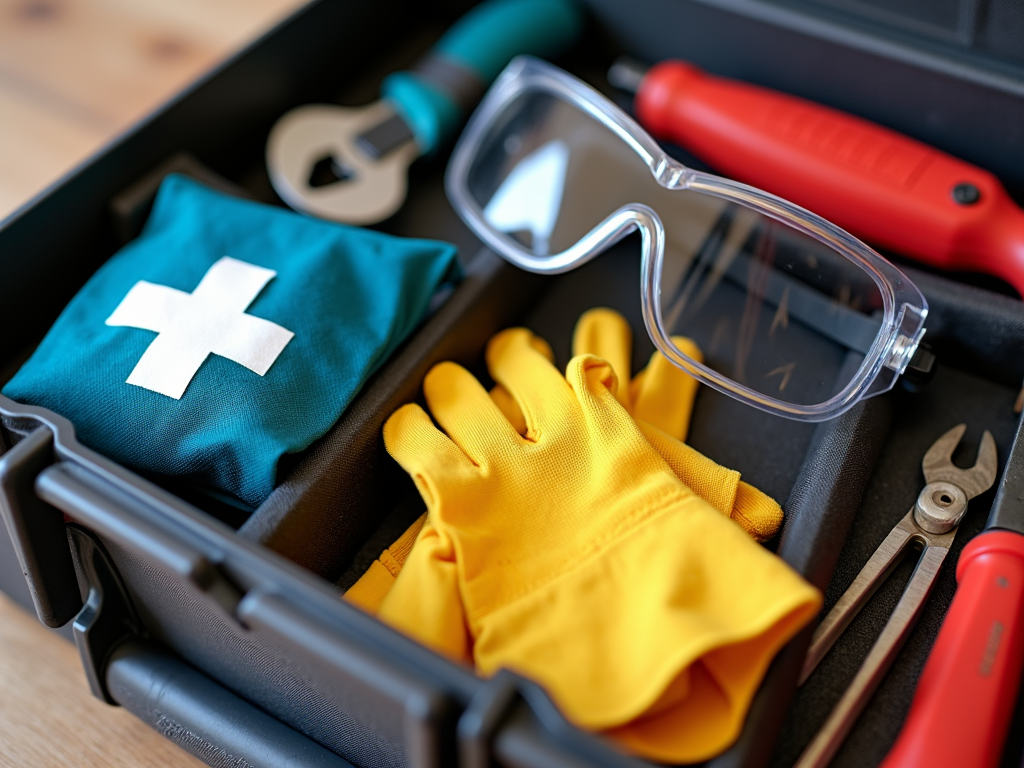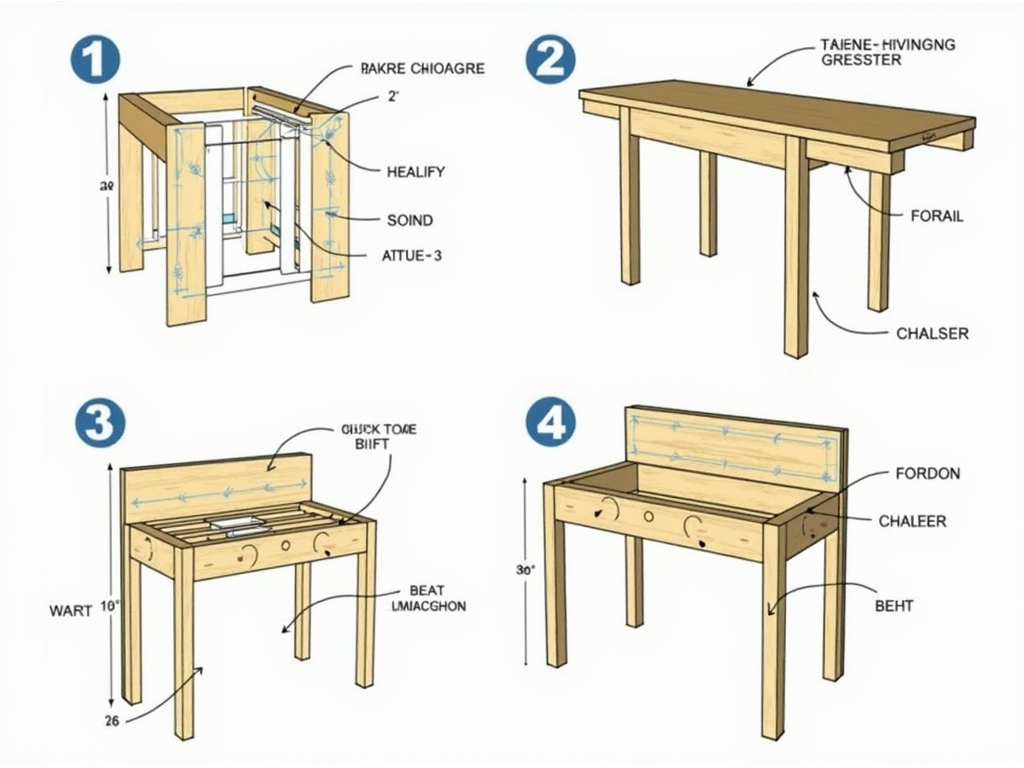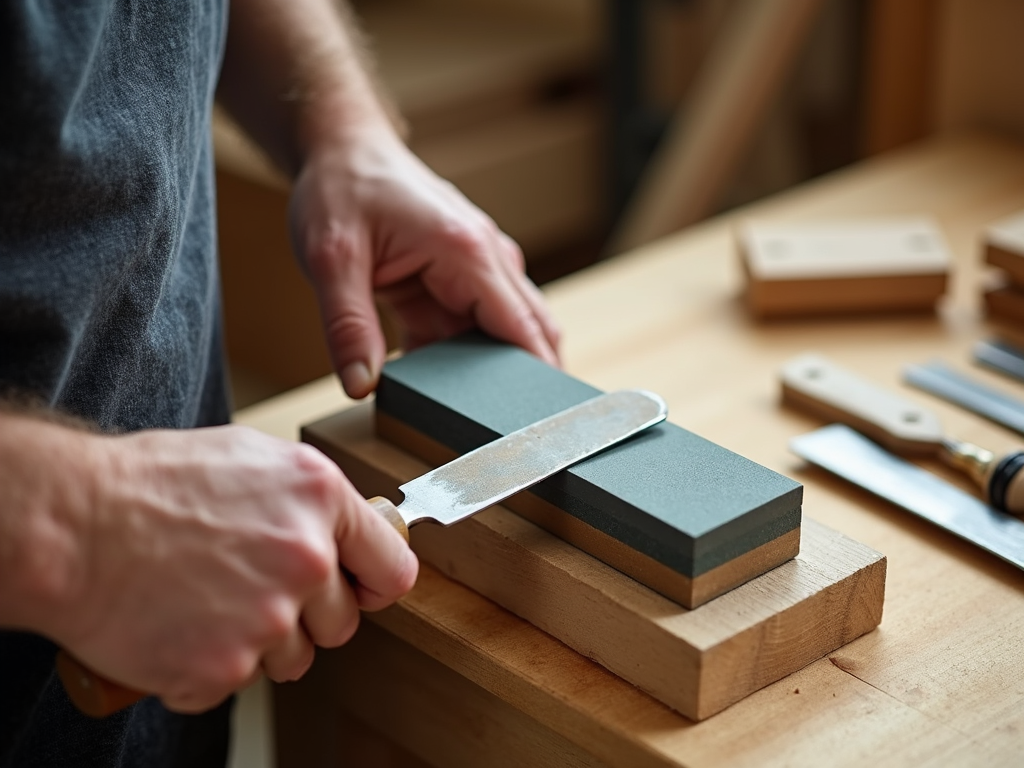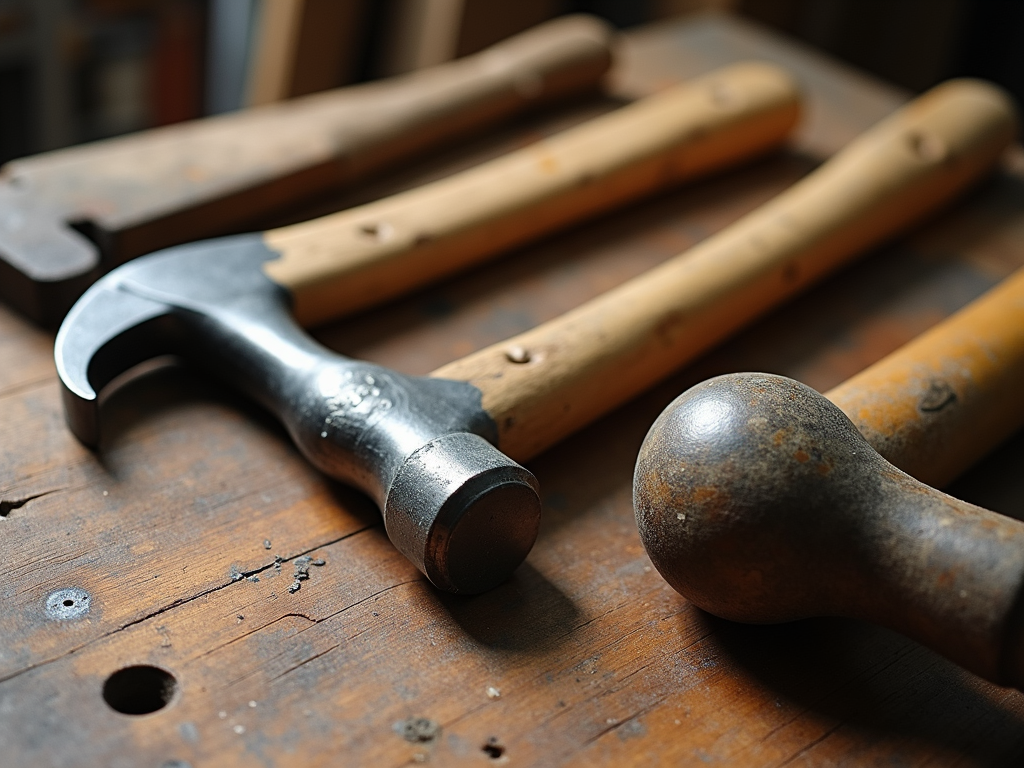Painting your home yourself can be rewarding and fun, but only if you have the right tools. The best tools for DIY home painting save time, reduce effort, and help you get a smooth, professional finish. Let’s dive into the must-haves, clever hacks, and techniques that make painting easy and enjoyable.
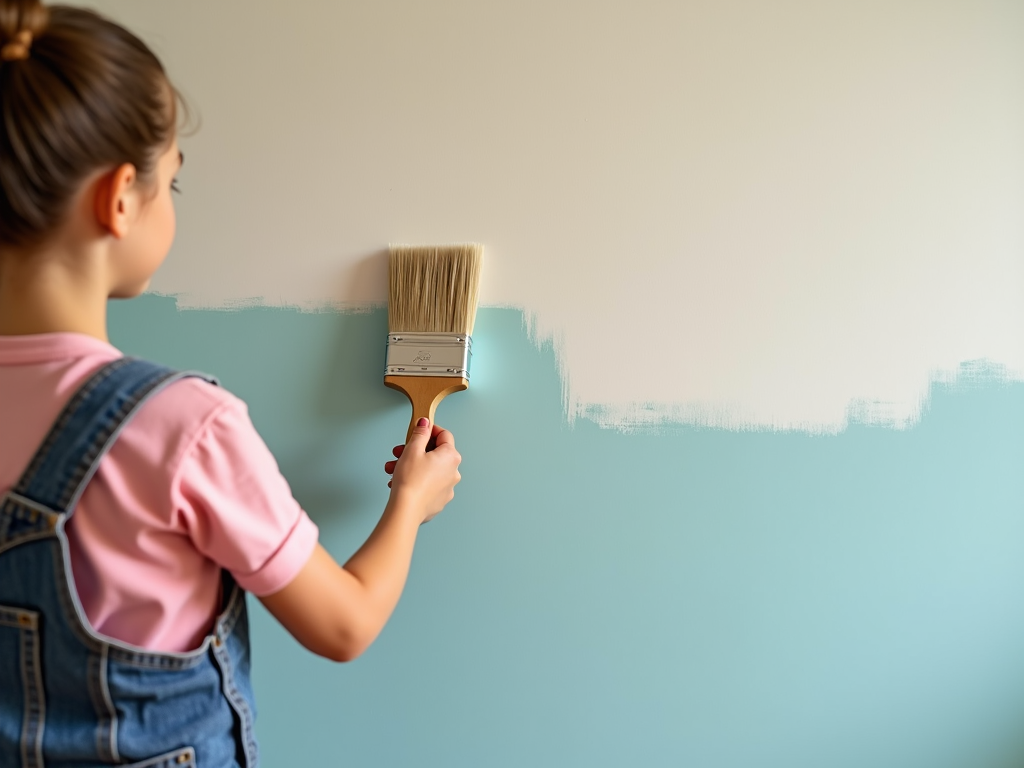
Essential Painting Tools You Can’t Skip
Every DIY painter needs a solid set of basics. These tools are the backbone of any project and make a huge difference in the outcome. Here’s what I always keep in my toolkit:
-
High-Quality Paintbrushes: A good brush is worth every penny. The Paint Quality Institute says high-quality brushes cut strokes by up to 30%. I learned this the hard way—my first project with a cheap brush left bristles stuck in the paint!
-
Paint Rollers: Rollers speed up big jobs like walls and ceilings. I stick to medium-nap rollers for smooth interior finishes. Adding an extension pole saved my back on a tall hallway project.
-
Painter’s Tape: Clean edges make your work look sharp. Tape protects trim and windows, and it’s a lifesaver for beginners like I was.
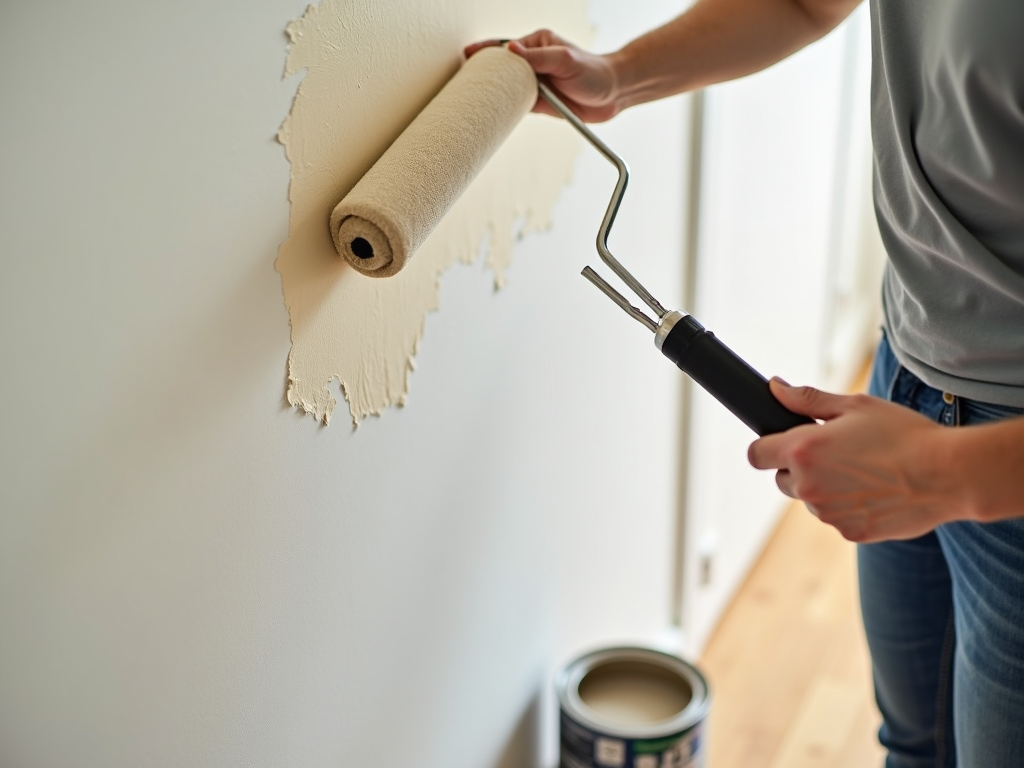
Innovative Painting Tools for Efficiency
Once you’ve got the basics, some innovative painting tools can take your efficiency to the next level. These gadgets cut time and effort while boosting quality. Here are my favorites:
-
Paint Sprayers: For big spaces, sprayers are a game-changer. I painted my entire dining room in a day with one—no streaks, just smooth coverage. Check out Purdue University’s guide for tips on using them safely.
-
Edging Tools: These little helpers give you perfect lines without tape. I used one around my kitchen cabinets, and the edges were flawless—way easier than fussing with sticky strips.
-
Paint Pouring Lids: These fit on cans to reduce mess. They’re simple but brilliant for keeping paint where it belongs.
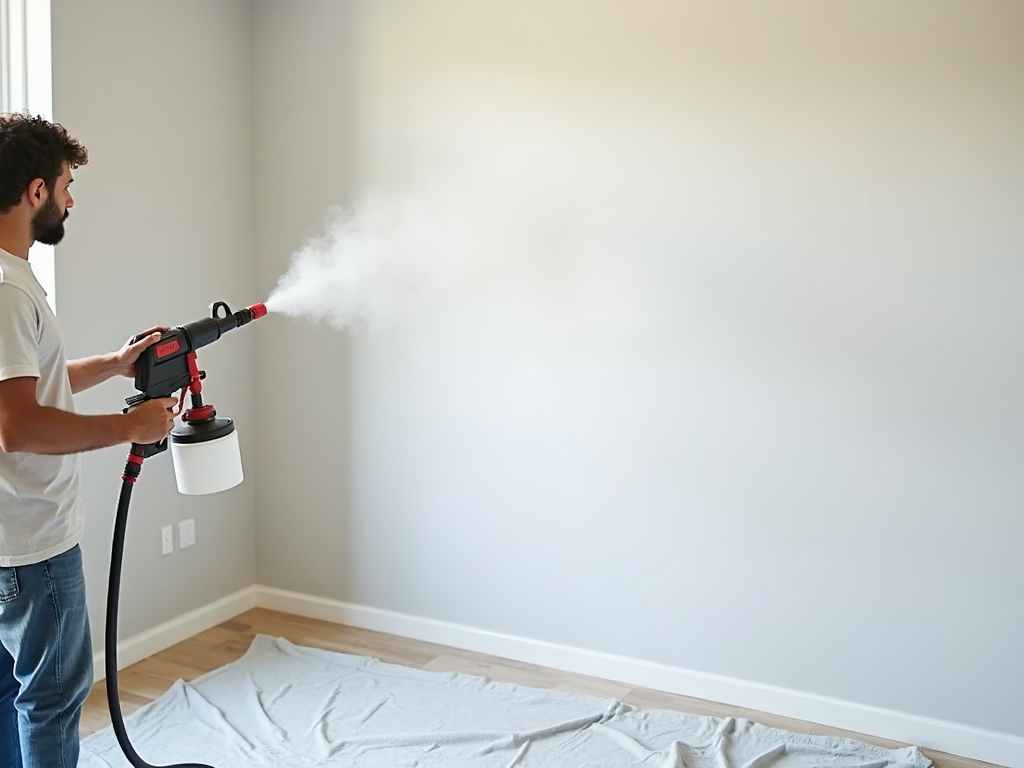
DIY Painting Hacks for Perfect Results
Great tools are half the battle—smart tricks finish the job. These DIY painting hacks for perfect results have saved me time and frustration. Try these out:
-
Paint Grid Trick: Skip the tray and use a grid in the can. It loads your roller evenly for a smoother coat. I started doing this after watching a pro painter.
-
Small Brush for Edges: Before rolling, use a small brush to paint edges near trim or corners. It’s called cutting in, and it gives you crisp lines every time.
-
Damp Roller Start: Lightly wet your roller before painting. It picks up paint better and avoids patchy spots—worked wonders on my bedroom walls.

Master Your Brush: Top Painting Techniques to Try
Want to step up your game? Mastering your brush opens up new possibilities. These techniques add flair and polish to your projects. Here’s what I’ve tried and loved:
-
Feathering: Lightly drag your brush over wet paint to blend it. I used this to soften color changes on a feature wall—super easy and elegant.
-
Stippling: Dab a stiff brush to create texture. I stippled my bathroom for a faux-stone look, and friends thought it was wallpaper!
-
Dry Brushing: Use a nearly dry brush for a weathered effect. It’s great for furniture, like the desk I revamped last summer.
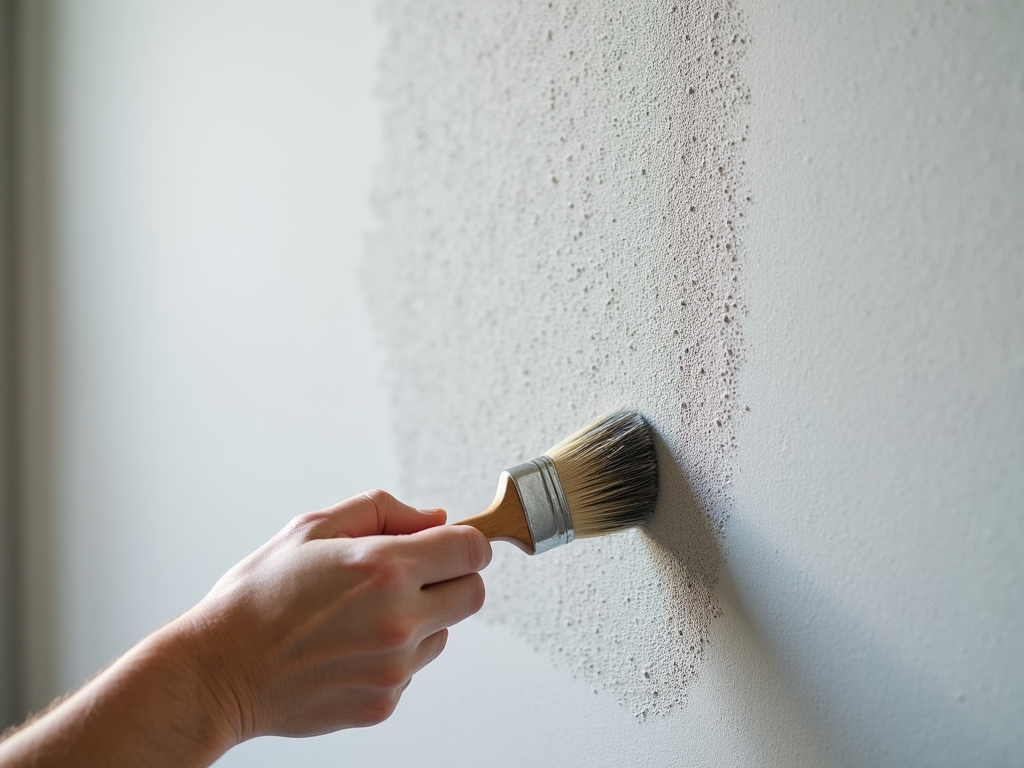
Tool Comparison Table
Not sure which tool fits your project? Here’s a quick breakdown:
| Tool | Best For | Pros | Cons |
|---|---|---|---|
| Paintbrush | Edges, details | Precision, control | Slow for big areas |
| Roller | Walls, ceilings | Fast, even coverage | Messy without care |
| Sprayer | Large surfaces | Speed, smooth finish | Setup and cleanup |
| Edging Tool | Trim, borders | Clean lines, no tape | Learning curve |
This table helped me pick tools for my last project—a mix of rollers and brushes worked best.
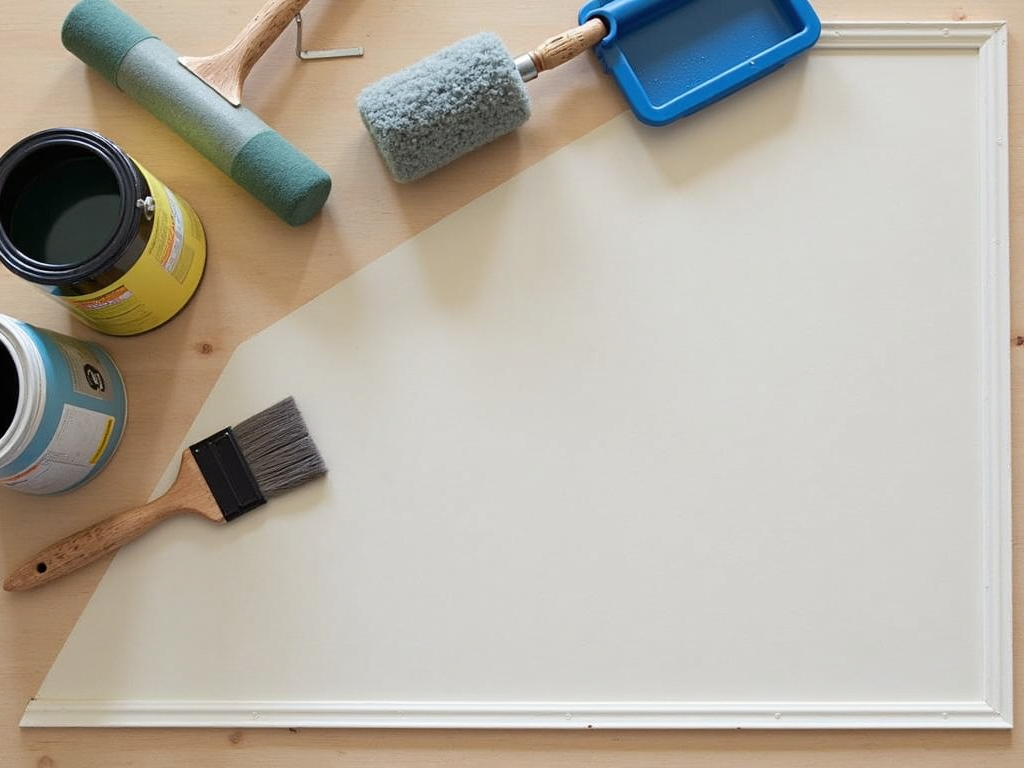
Why These Tools Matter
I’ve painted half my house myself, from tiny touch-ups to whole rooms. Early on, I skimped on tools and regretted it—uneven walls and wasted time taught me fast. Now, I swear by quality painting tools and a few clever hacks. The National Safety Council even notes that good tools reduce accidents, like spills or falls from overreaching.
The best tools for DIY home painting aren’t just about looks—they make the job safer and more fun. Whether you’re brushing on details or spraying a whole wall, the right gear builds confidence.
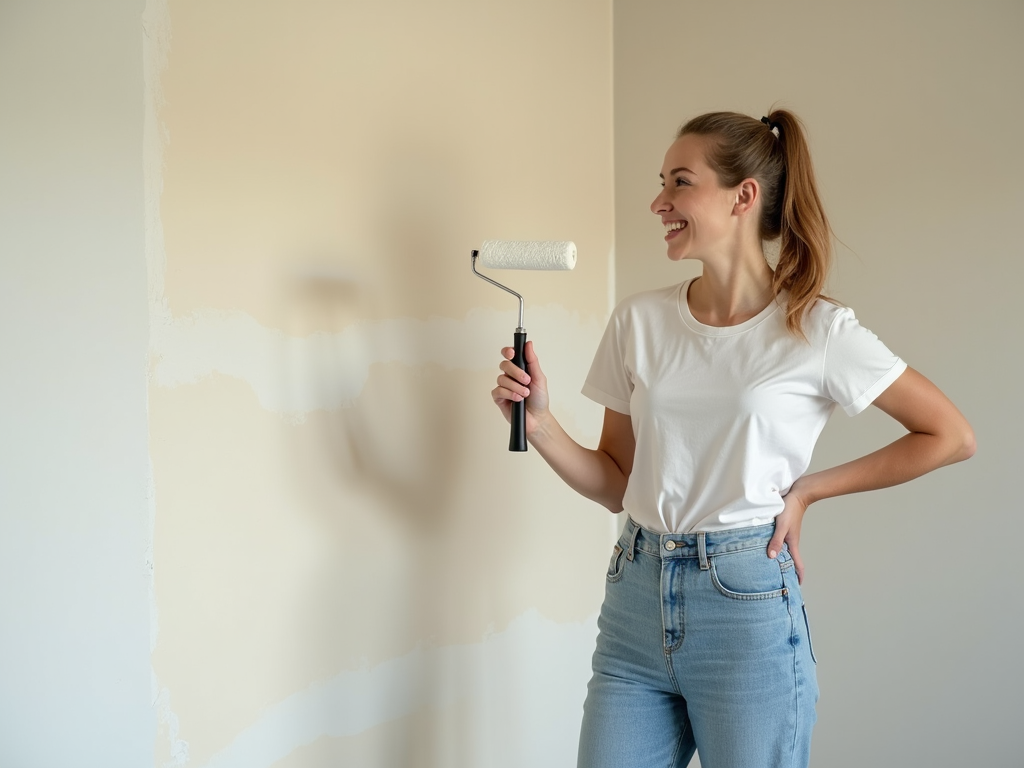
Wrapping It Up
Painting your home doesn’t have to be hard. With the best tools for DIY home painting—like brushes, rollers, and sprayers—you’ll work smarter, not harder. Add in some innovative painting tools for efficiency and a few techniques to master your brush, and you’re set for success. My projects went from stressful to satisfying once I got this mix right. Grab your tools, try these hacks, and paint like a pro!
Related Best Tools for DIY Home Painting:
- Safety First: A Guide to DIY Safety Gear
- The Ultimate Guide to Tool Sharpening Techniques
- The Evolution of Workman Tools: From Past to Present
- Top Workbench Accessories for Every Craftsman
- Advanced Power Tool Features Explained: Your Ultimate Guide
- How to Use a Hammer Safely: A Comprehensive Guide for Every Workman
- Stay Safe: Top DIY Safety Tips
- How to Build a Sturdy Workbench
- The Importance of Tool Maintenance in Woodworking
- Guide to Choosing the Right PPE for Your Workshop
- Hammer Basics: Design and Safety Tips
- Top 10 Must-Have Tools for Every Mechanic
